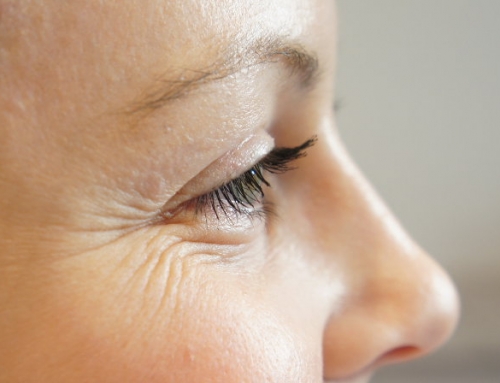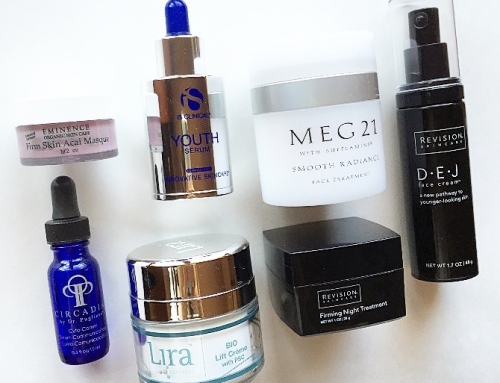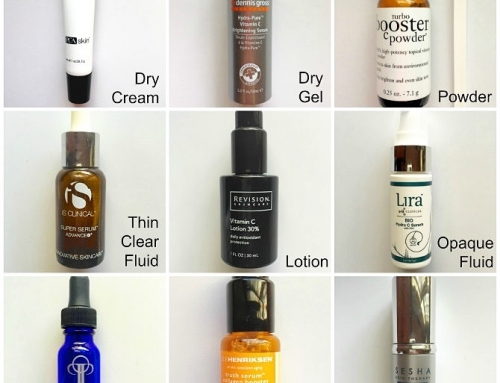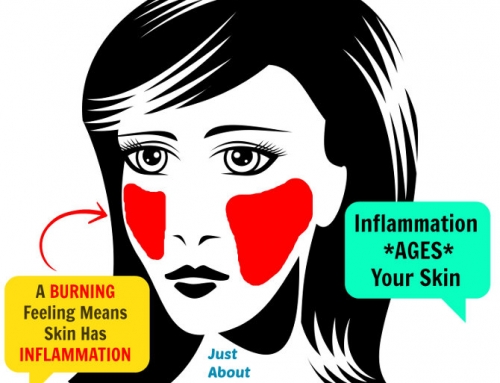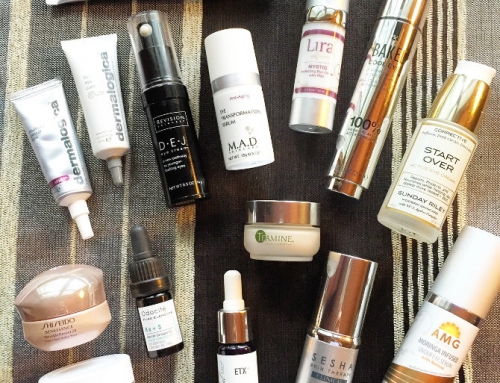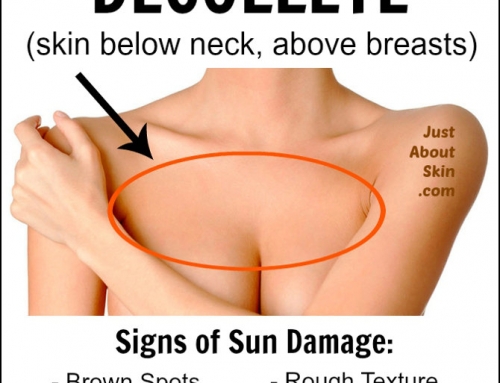It’s time to revisit Free Radicals again, the first cause of aging discussed in the Guide.
What are free radicals again?
Free radicals are extremely reactive molecules that attack everything important in the cell. Cells become damaged or they die. The worst is DNA damage. Aging results from this unrepaired damage.
Unfortunately, we generate free radicals all the time just by being alive, through eating and breathing! They also come from UV, xrays, air pollution, smoke, alcohol, ozone, some metals, rancid fats, and many other things.
Why is DNA such a big deal?
Because DNA is the vital genetic code that runs your whole body. The cell is designed to repair DNA whenever there are small errors. But as the cell ages, it becomes less efficient at repair.
When it experiences a tremendous injury (such as from UV radiation or a toxin), the repair doesn’t happen and the cell dies through self-inflicted cell suicide.
Meet Free Radicals’ Cousin: Reactive Oxygen Species
Reactive Oxygen Species behave like free radicals, and they are just as bad. You’ll want to read more about this in my Guide if you want to fight aging at an advanced level.
An excess of Reactive Oxygen Species causes oxidative stress, a term you may have heard of in other medical fields. It’s when the body’s antioxidant defense system becomes overwhelmed and tissue becomes damaged.
How can we combat free radicals?
By incorporating topical antioxidants into our skin care products and our diet. That’s the topic for the next post. So stay tuned!
In the meantime, read the full post on this cause of aging. It goes into more detail and includes a discussion on Reactive Oxygen Species.



